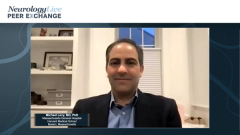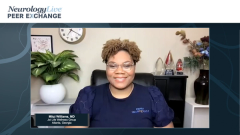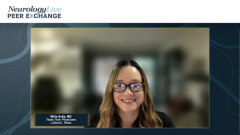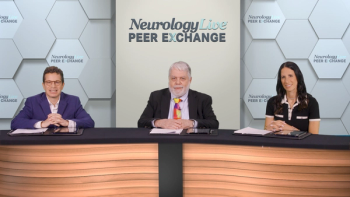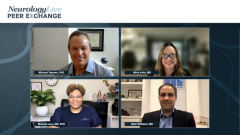
Treatment Selection for NMOSD Patient Populations
Mitzi Williams, MD; Mirla Avila, MD; and Michael Levy, MD, PhD, discuss their approach to optimizing treatment selection when it comes to newer therapies, cost, and accessibility of therapies.
Episodes in this series

Michael Yeaman, PhD: Let’s move into NMOSD [neuromyelitis optica spectrum disorder] treatment. There are approved therapies that offer selection, so this is an interesting time in the history of NMOSD in how it affects management. Let’s think about selection of treatment. Aside from safety and efficacy, it’s important to understand differences in populations and how certain populations might perceive new therapy as compared with established off-label therapy. Mitzi, let’s start with you regarding the new, exciting therapies that have been approved by the FDA as compared with therapies that have been out for a while but are off-label, and how your patients might perceive these differences.
Mitzi Williams, MD: This is a very exciting time to be in the field of neuroimmunology because there are many new developments and options than we had even 5 or 10 years ago. I encounter hesitancy about new therapies in some of my populations. The important thing is that pretty much all the FDA-approved therapies for NMOSD are relatively new. It’s important for us to educate our patients and go through the options. Once patients are diagnosed and we talk about options, many recognize that although their treatments are newer, our understanding of the disorder has evolved. We now have FDA-approved treatments. I don’t have as much hesitancy, even among my Black population, for going onto newer treatments. Barriers like insurance or cost may be reasons we go onto an older treatment.
When we talk about social determinants of health, it’s also extremely important to think about their ability to access an office. If there are frequent infusions, they may not have transportation to get to that infusion center. They may benefit from another therapy that they can do less frequently or at home. I take those things into account, but I haven’t encountered as much resistance in terms of newer therapies. When we explain this, often people are amenable to go onto FDA-approved therapy.
Michael Yeaman, PhD: That’s helpful to know, Mitzi. Thank you for that. Mirla, there are medical considerations, such as efficacy and safety, but there are also pragmatic considerations, including logistics, cost, and accessibility. In your experience with your patients, what factors are most important in selecting a treatment?
Mirla Avila, MD: Accessibility is one in my region in Texas. I cover an area where I have patients who travel from New Mexico or other areas in Texas. Sometimes they drive 5 or 6 hours. If they’re going to have an infusion therapy that isn’t administered where they live, it may be difficult for them to travel for that infusion. If they have the option of home infusion or self-administered medication, I take that into account because of the specific area where I practice.
Michael Yeaman, PhD: It’s important because there’s more than just medical questions to factor in. Michael, what would you add in terms of factors that help you select the best therapy for a patient?
Michael Levy, MD, PhD: My approach has always been a shared decision-making model in which I present all the data. We have class 1 evidence data, which are blinded and placebo-controlled—good scientific data on things like efficacy, safety, logistics, cost, and schedules. I present it to patients in an unbiased way the best I can. I ask them what their priorities are and what they view as good things and bad things about each medication to try to help them narrow their choices. I find that almost every individual has a different set of priorities, and they weigh these issues differently. Some weigh efficacy over safety. Some weigh logistics. Many weigh cost as an important factor. When they get to share in that decision-making model, they help take responsibility for the outcome and they’re more invested in it.
Michael Yeaman, PhD: That sounds like a great approach, Michael.
Transcript edited for clarity
Newsletter
Keep your finger on the pulse of neurology—subscribe to NeurologyLive for expert interviews, new data, and breakthrough treatment updates.

